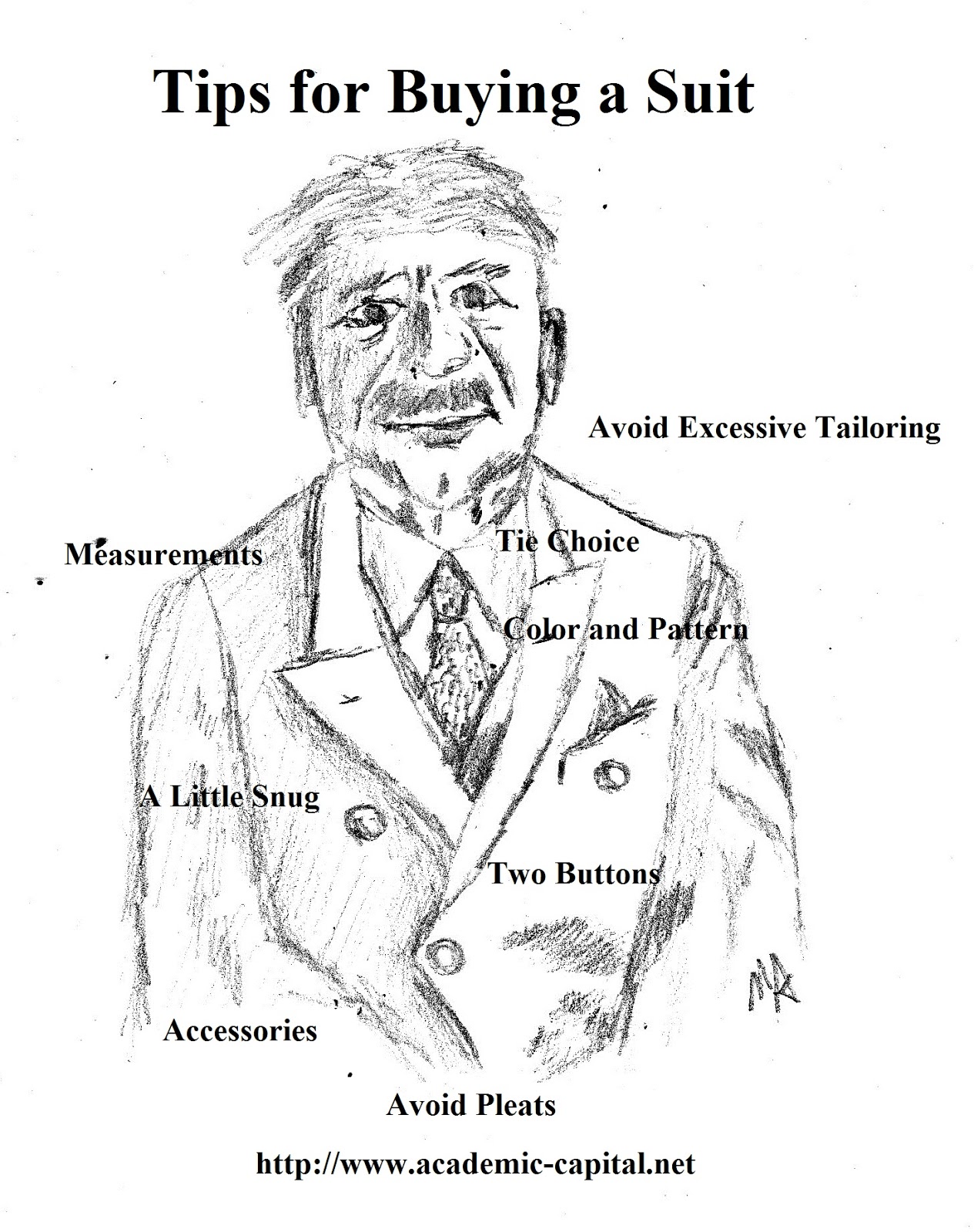Casual vest are more about clashing than matching and should
seek to appear quickly put together but not sloppy. Solid earth colors are
easier to work with as they match most other types of shirts and trousers. More
pointedly, they complement jeans better than bright slacks.
The vest is commonly worn with dress shirts and certainly
will still work with a tie. That is way too stuffy for casual occasions. A
solid dress t-shirt or a polo shirt with a earth tone or neutral color like
white will work well in balancing the casual with something a step up from
jeans and a t-shirt. Your outfit will be
appropriate for many different occasions.
The type of events you would wear vests are in dining
situations, casual social occasions our out running errands. It is not designed
for formal events or lounging around the home. It does work well in most other
situations except those that require professional clothing such as work.
Rule 1: Vests should be a little snug around the abdomen
with large arm holes for comfort. The snugness ensures that you are sliming the
body.
Rule 2: The vest and the shirt should be different but complementary
colors.
Rule 3: A patterned vest should be worn with a solid shirt
or a solid vest can be worn with a patterned shirt.
Rule 4: A plain T-shirt is highly casual while a polo rests
in middle ground. A dress shirt can be worn if tucked into jeans or slacks.
Rule 5: Close your vest with dress shirts and open your vest
with casual clothes.
Rule 6: A complementary derby hat can make a 1930’s theme
out of it.
Rule 7: Make sure the shirt you wear doesn’t stick out under
the vest and below the waistline or you will appear sloppy.
A few other tips in the video:
